2020 marks the 25th anniversary of a milestone mission in the 30 year history of the Space Shuttle program. While there were many important space shuttle missions, STS-71 stands out because it was the first time ever that a space shuttle docked with a space station in orbit. STS-71 was also the 100th U.S. human space launch conducted from Cape Canaveral.
Space Shuttle Atlantis lifted off on June 27, 1995 from Kennedy Space Center to begin mission STS-71. This was the third in a series of eleven joint missions between NASA and the Russian Space Agency. The Shuttle–Mir program involved American space shuttles visiting the Russian Mir space station. Russian cosmonauts would also fly on the shuttle, and American astronauts would stay on the Russian station. Cosmonaut Sergei Krikalev became the first Russian to fly on the Shuttle Discovery during mission STS-60 in February 1994.

The previous Shuttle-Mir program mission, STS-63, was known as the “near-Mir” mission. On February 6, 1995, the Discovery Shuttle had flown to within 11 meters of the Mir station, but did not dock. On June 29, 1995 the shuttle Atlantis docked with the Mir station for the first time. This also marked the first in orbit docking of a NASA spacecraft since the joint Apollo-Soyuz mission of July, 1975. The procedures developed for the rendezvous and docking of the STS-71 mission would later be invaluable to the completion of the International Space Station project.

Astronaut Norman Thagard was the first American to live and work on the Mir. He was also the first American to train in Russia. Thagard launched on a Russian Soyuz, along with cosmonauts Vladimir Dezhurov and Gennady Strekalov from the Baikonur Cosmodrome in Kazakhstan on March 14, 1995. He stayed on Mir for 115 days conducting experiments. Thagard, Dezhurov and Strekalov all returned to Earth aboard Atlantis on July 7, 1995. The returning crew of eight equaled the largest crew in Shuttle history. With the completion of his fifth mission, Dr. Thagard had logged over 140 days in space.



After STS-71, there would be eight more shuttle flights to the Mir station. A total of 7 different astronauts would live for extended durations on the Mir. The longest was astronaut Shannon Lucid who stayed on Mir for a total of 179 days in 1996. The final shuttle mission to Mir was STS-91 in June 1998. Astronaut Andy Thomas was the seventh and final astronaut to live on Mir. The lessons learned during the joint Shuttle-Mir program paved the way to begin construction of the International Space Station in 1998.


You can see a piece of STS-71 history for yourself at the Coca-Cola Space Science Center. On display in our main gallery is one of the three space shuttle main engine nozzles that were on the back of Atlantis during this flight. This same nozzle also flew on 8 other shuttle missions and on the back of four different space shuttle orbiters, including Atlantis, Discovery, Columbia, and Endeavour.


